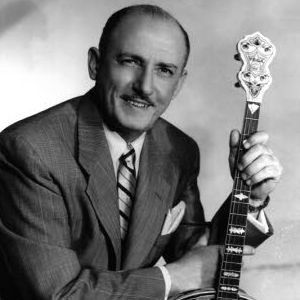Pre-bop banjoists are purely rhythmic musicians whose chordal solos differ little in their performance during ensembles. Harry Reser was an exceptional banjoist and virtuoso, who was undoubtedly the best banjoist in the 1920’s. Reser was more of an improviser than a skilled technician, and could play novelty ragtime at the speed of a pianist. He was also one the most recorded musicians of that era. Reser started playing the guitar at five years old. He soon learned to play cello, violin and piano, and later he added trumpet, marimba and saxophone. He switched to banjo when he was 16, after being inspired by Fred Van Eps and Vess Ossman. Reser began his career playing in local dance bands and moved to New York in 1921. He was soon in high demand. He would often play with Sam Lanin and Ben Selvin as well as Bennie Kruger, Paul Whiteman, and even subbed once with Whiteman on trumpet. Reser began making records almost immediately with obscure groups. In 1922, he recorded his first solo record. This included a stunning version of Zez Confrey’s “Kitten On The Keys”. Reser was also known for his banjo workouts, which he wrote more than 20 novelty rags. He also recorded solo records with a variety of dance bands that he controlled (and many of the arrangements), using a bizarre array of pseudonyms. The Blue Kittens were among his many names. The Cliquot Club Eskimos is the most well-known radio band. They sold soft drinks for ten years (1925-1935). They had musicians on the radio wearing eskimo suits. The many recordings of the Cliquot Club Eskimos, featuring Tom Stacks’ novelty vocals, were lively, fun, and had short solos. Reser left the band and began freelance work. He played in various settings around the globe and wrote ten instruction books on the banjo, guitar, and ukulele. He died from a heart attack while warming up for Fiddler On The Roof in 1965. His final job was as a guitarist in the orchestra for Fiddler On The Roof. Allmusic
